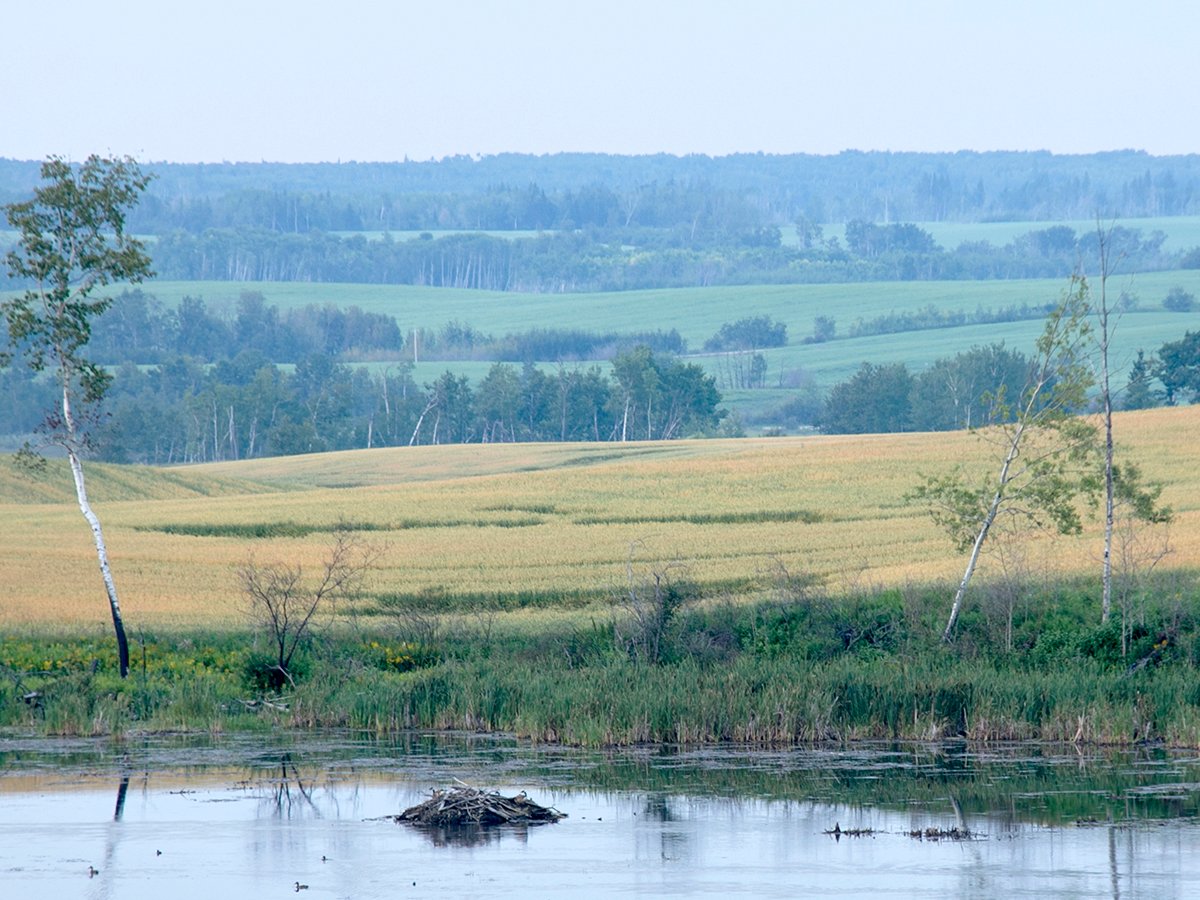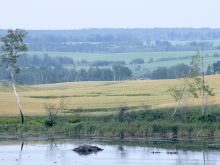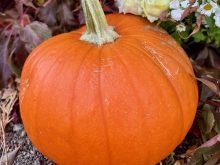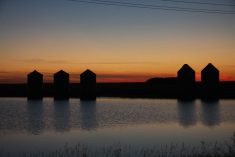BANKEND, Sask. – Lorne and Marilyn Lazorko’s passion for trees was sparked by a need for shelter, fanned by curiosity and ignited by a search for new sources of income.
What began as a shelter belt in 1973 has turned into a sprawling orchard that now contains so many trees the Lazorkos have lost count.
Three years after they were married in 1968, the couple began establishing a new home on a stubble field down the road from where Lorne grew up near Bankend. The budding farmyard needed a shelter belt and two years later the Lazorkos set about growing one: 500 spruce trees, 200 willow, 200 green ash and 200 Siberian elm.
Read Also

Intergenerational rollover rules can help succession plans
One of the most significant concerns in succession planning for farmers is the tax bill that can come with passing the farm to the next generation.
“They were all planted by hand,” Lorne said 32 years later, as trees reach for the sky on all sides.
“Every one of them was,” added Marilyn. “I remember them all.”
They had big plans for their shelter belt but a wet spring and encroaching sloughs forced them to plant the trees closer to their new home than they would have liked.
With their shelter belt established and grass sown to keep down the dirt, the Lazorkos set about raising four children and growing wheat, barley, oats, mustard and canola on five quarter-sections of land. But trees had not only taken root in this fertile soil 18 kilometres south of Highway 16 and a little more than an hour west of Yorkton, Sask.
They had also captured the Lazorkos’s imagination and soon the experimenting began.
They planted nuts, such as butternut and black walnut, and toyed around with cherry trees. An experiment with northern pecans ended badly when rabbits ate the tops of the little trees.
“We got to see them about a year old and that was it,” Marilyn said.
A foray into kiwi had a similar ending.
They tried growing blackberries, hazelnuts, pears, grapes, apples and apricots.
“We were experimenting all over the place back then,” Marilyn said. “Just to see if they would grow in Saskatchewan.”
Then she nodded across the table to her husband.
“He loves growing things and so do I. He’s a horticulturist at heart.”
Lorne attributed part of his interest in trees to the three years he spent working in the bush near Hudson Bay, Sask., in the late 1950s and early 1960s. As well, he had learned how to bud and graft trees in school and now began putting that knowledge to practice.
The Lazorkos were also motivated by a desire to grow their own fruit and the first saskatoon bushes were planted after a bout of farmland rearrangement destroyed the best of their land’s wild saskatoons.
By the mid-1980s, another motivator had appeared: falling grain prices. They knew they needed to diversify but were reluctant to get back into livestock, which Lorne’s family had moved away from in the 1960s.
“I don’t mind cattle in the wintertime,” Lorne said. “I just don’t like them in the summer.”
The need to construct new buildings and corrals to accommodate livestock would also have been too expensive.
Instead, they took another look at their burgeoning fruit orchard and decided to get into the U-pick business.
Today, picking season at Lormar Orchards can be a hectic affair, sometimes attracting 30 customers a day. Their large variety of fruit and vegetables also makes for a long season, which begins in June with rhubarb.
Mid-July is time for saskatoons and strawberries and the raspberries and cherries are ready later in the month.
By August, it’s time for chokecherries, plums, apples, corn and potatoes, while the grapes are ready in September.
Customers are encouraged to phone to make an appointment and they usually don’t stop calling until after the first frost.
“During picking season, sometimes I don’t get out of the yard for a week at a time,” Marilyn said. “That’s because we can’t afford to hire staff. It’s just us.”
Running their orchard is a lot of work and Marilyn described their new revenue stream as more of a trickle. A heart condition forced Lorne to retire from farming two years ago, but a rental agreement for most of their farmland fell through this year.
Marilyn teaches piano and voice in nearby towns and sells jam and jelly made from their fruit.
Lorne traps beaver, coyotes and foxes, chops firewood and carves handmade walking sticks.
“It’s a little bit of everything and not much of anything,” Marilyn said.
“We have talked about several things and we talk and then we go, ‘yeah, but we’re not young anymore. We don’t have 25 years to go.’ Whatever we decide to do will have to be short term, I guess.”
For example, rather than sell their farmland, Lorne has considered planting hybrid poplar for an agro-forestry business.
Another problem is that none of their children has committed to returning to the farm.
If we can’t make a living, how are they supposed to?” Marilyn said.
Marilyn does find it interesting that her children’s careers all involve playing in dirt.
“I don’t know if that’s from their farming background, but they all love to be outside. They don’t want office jobs.”














